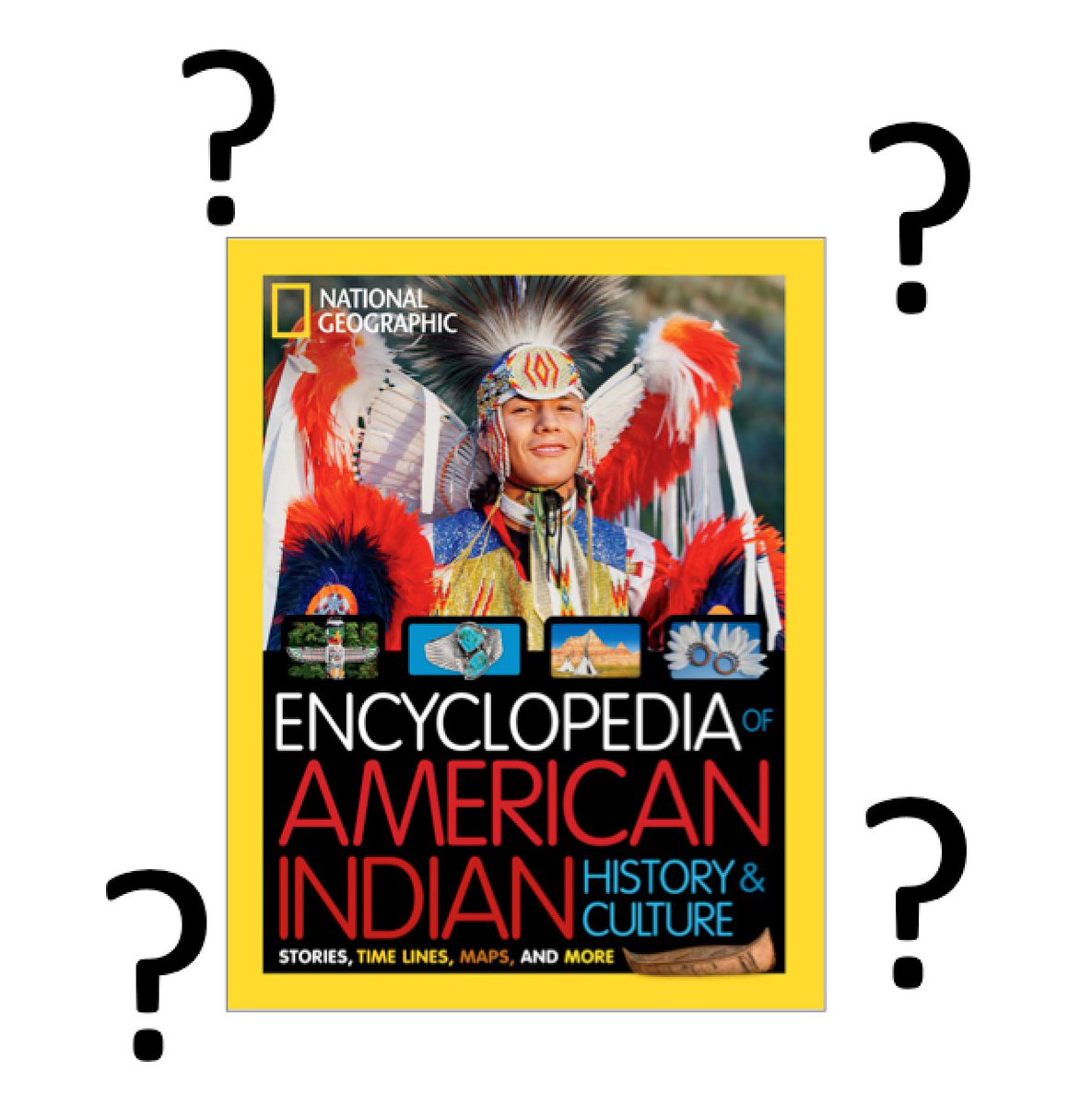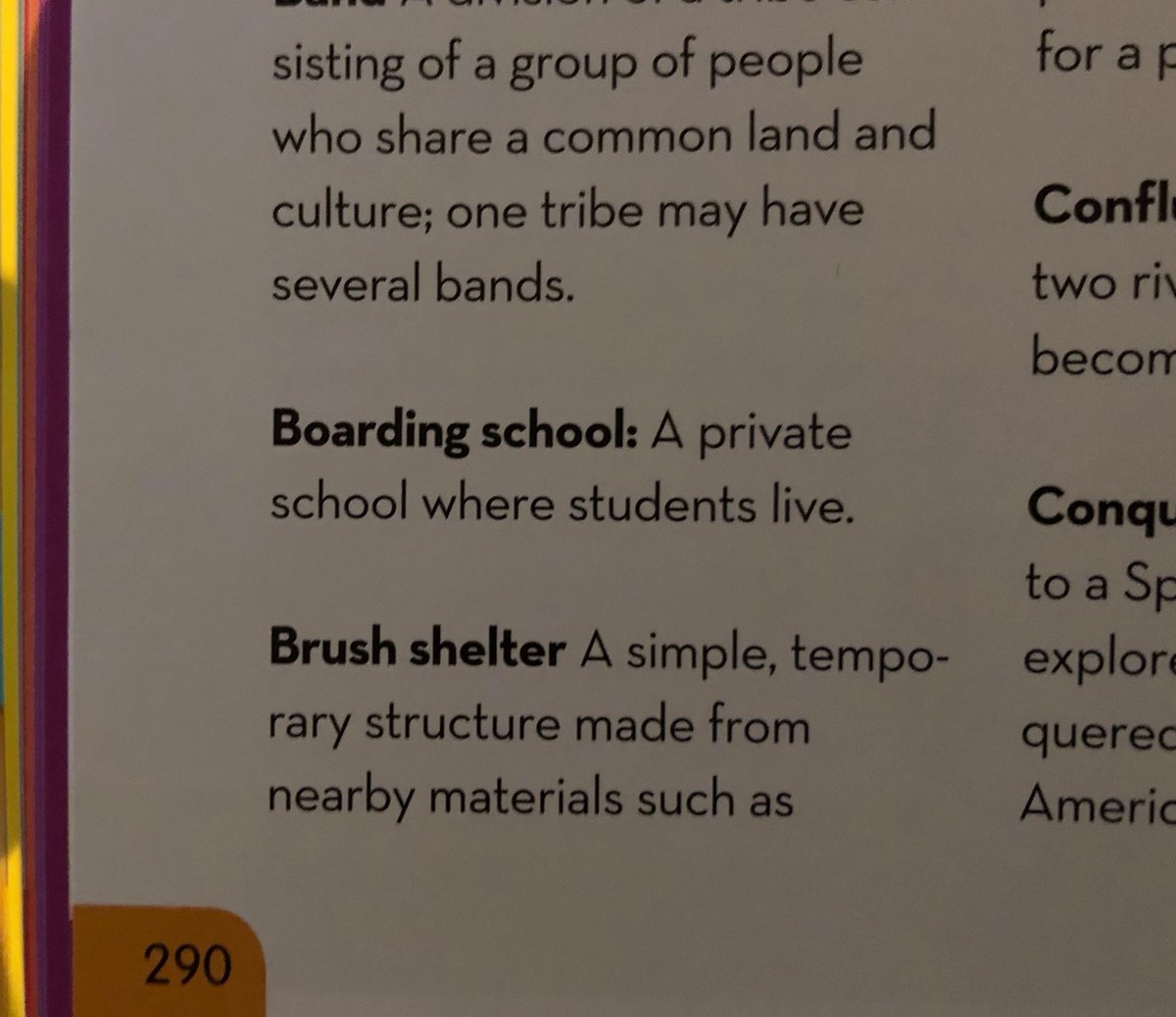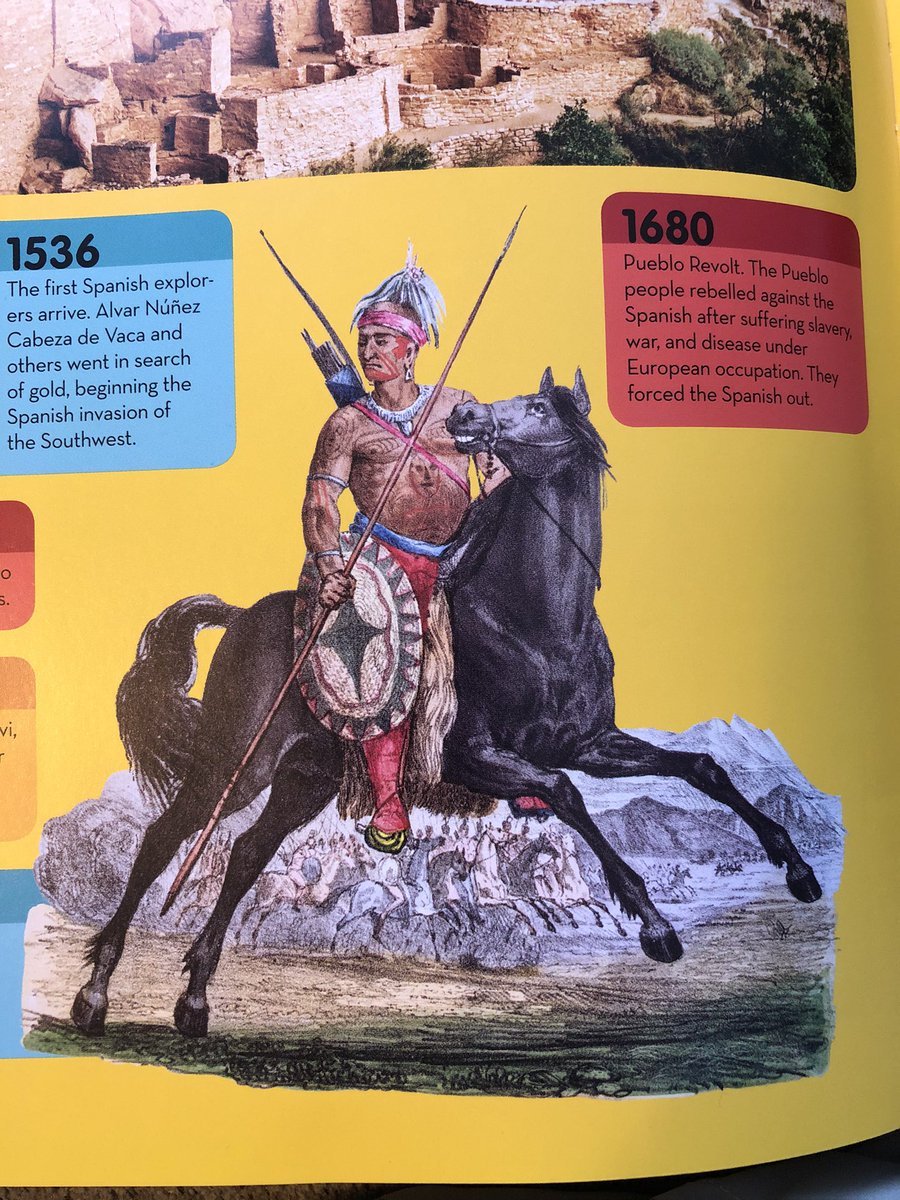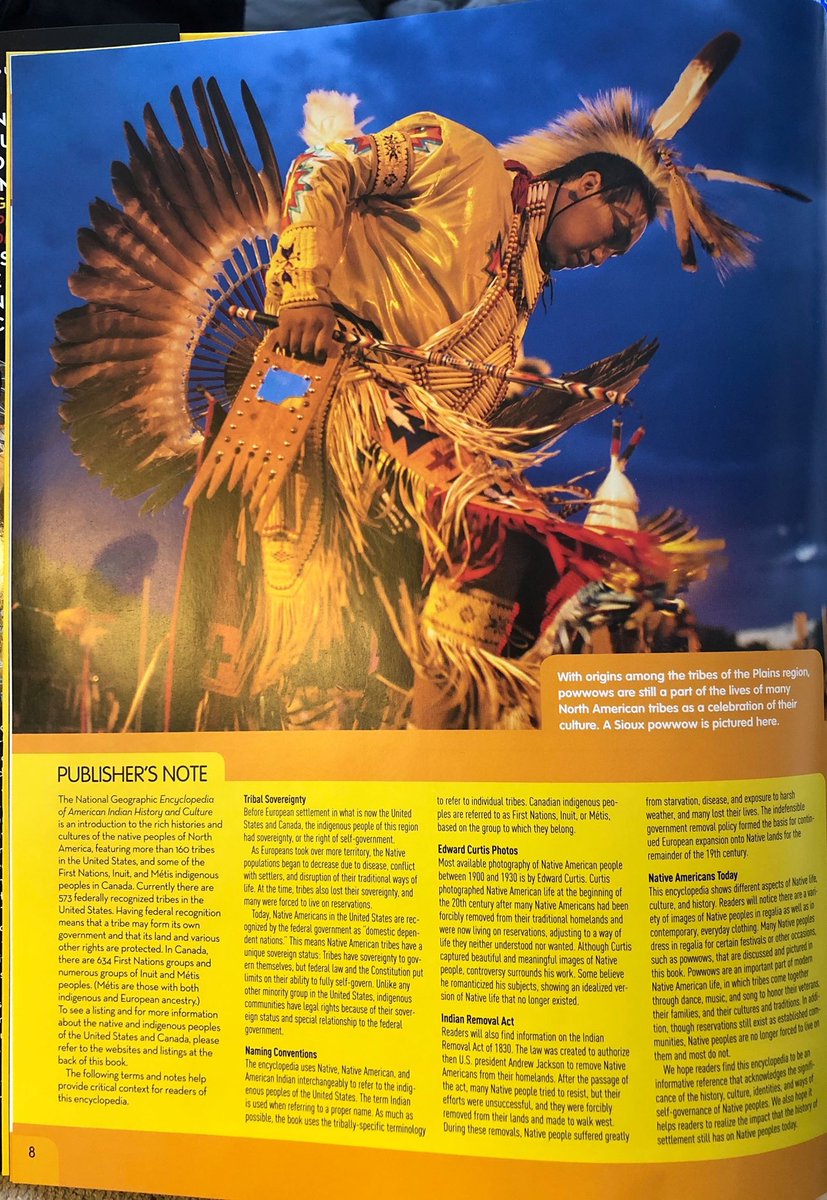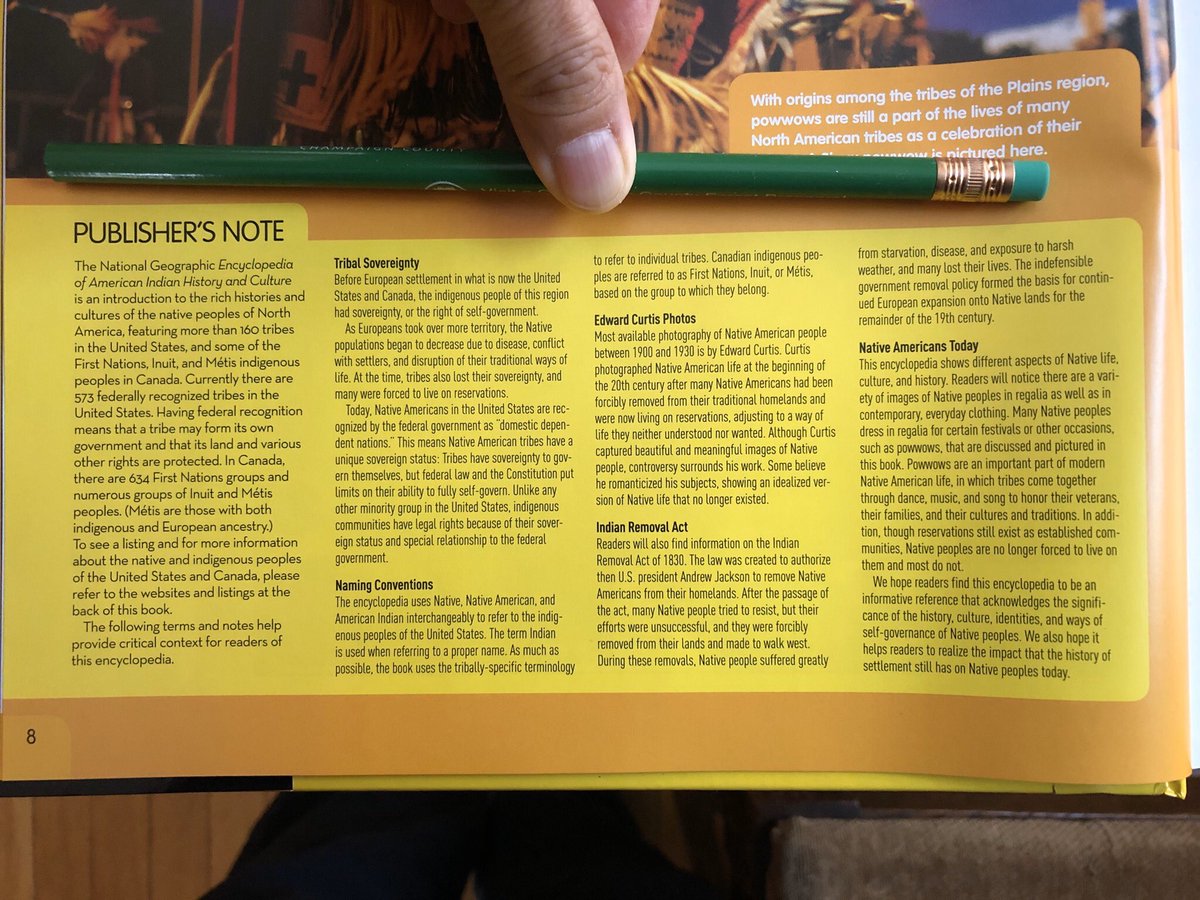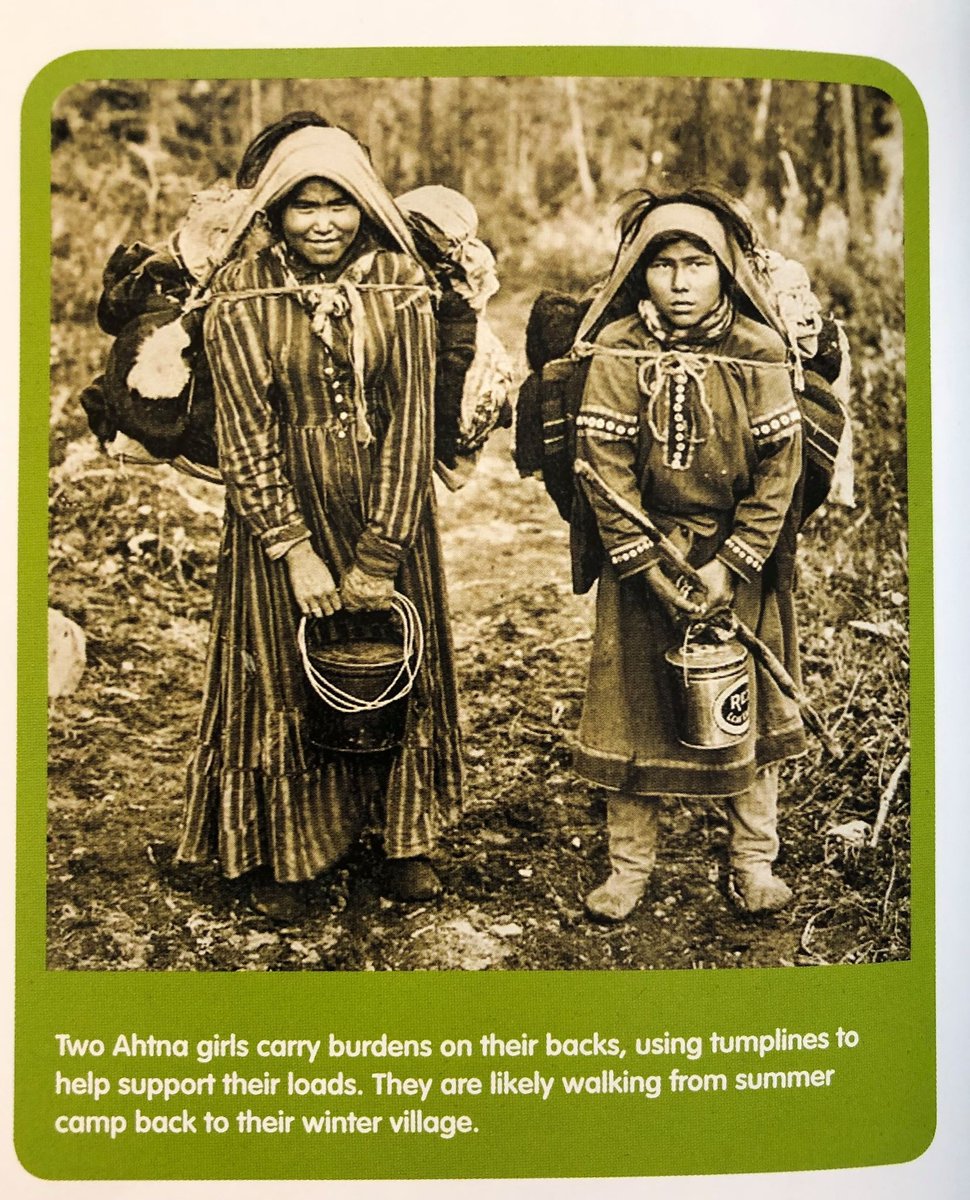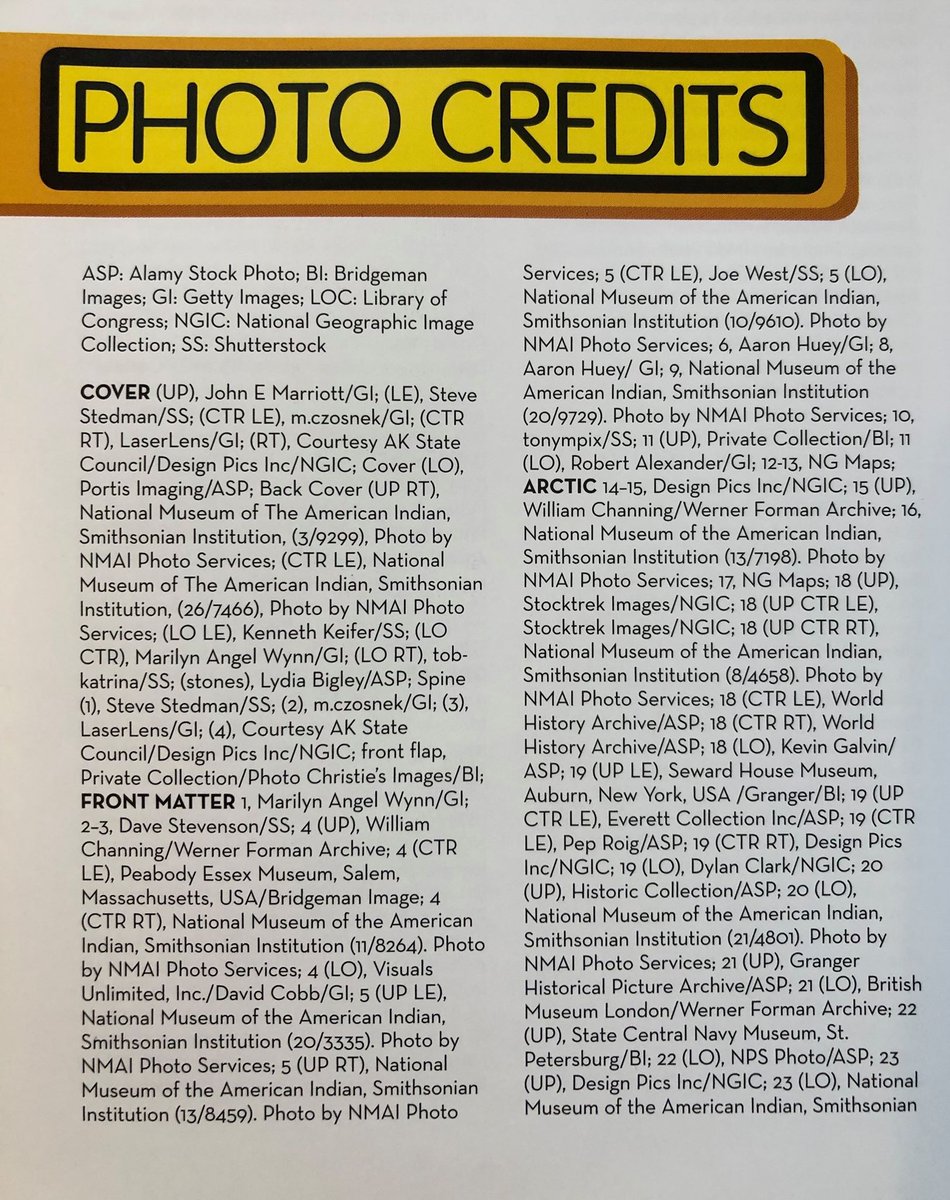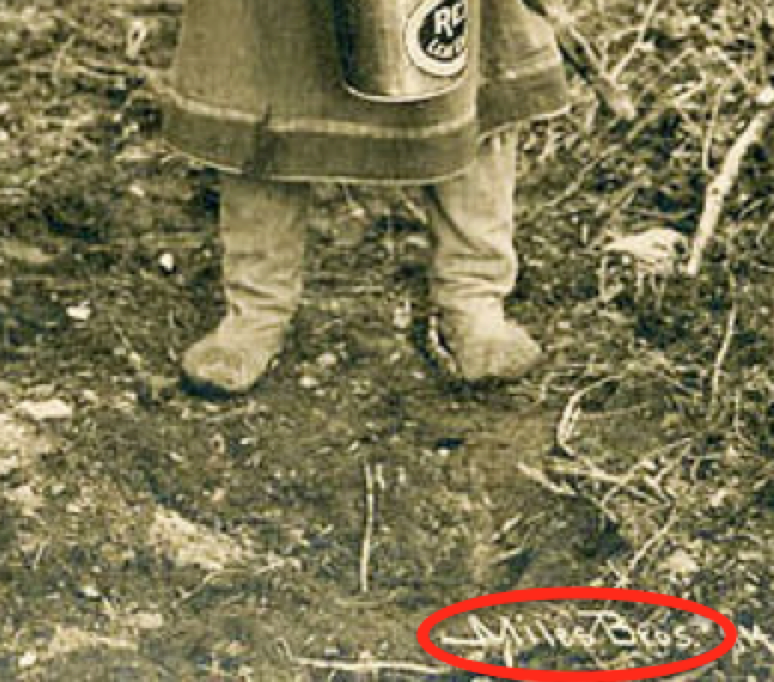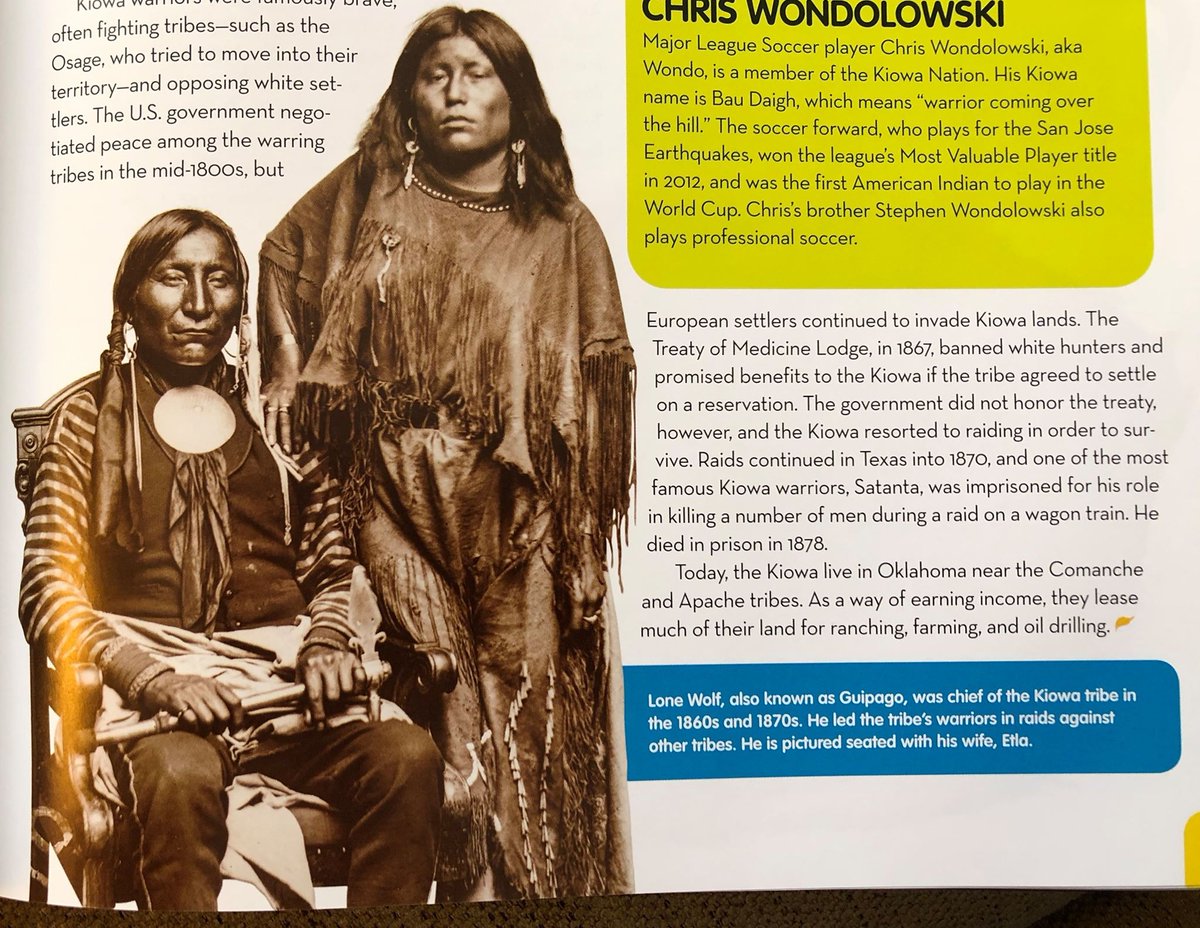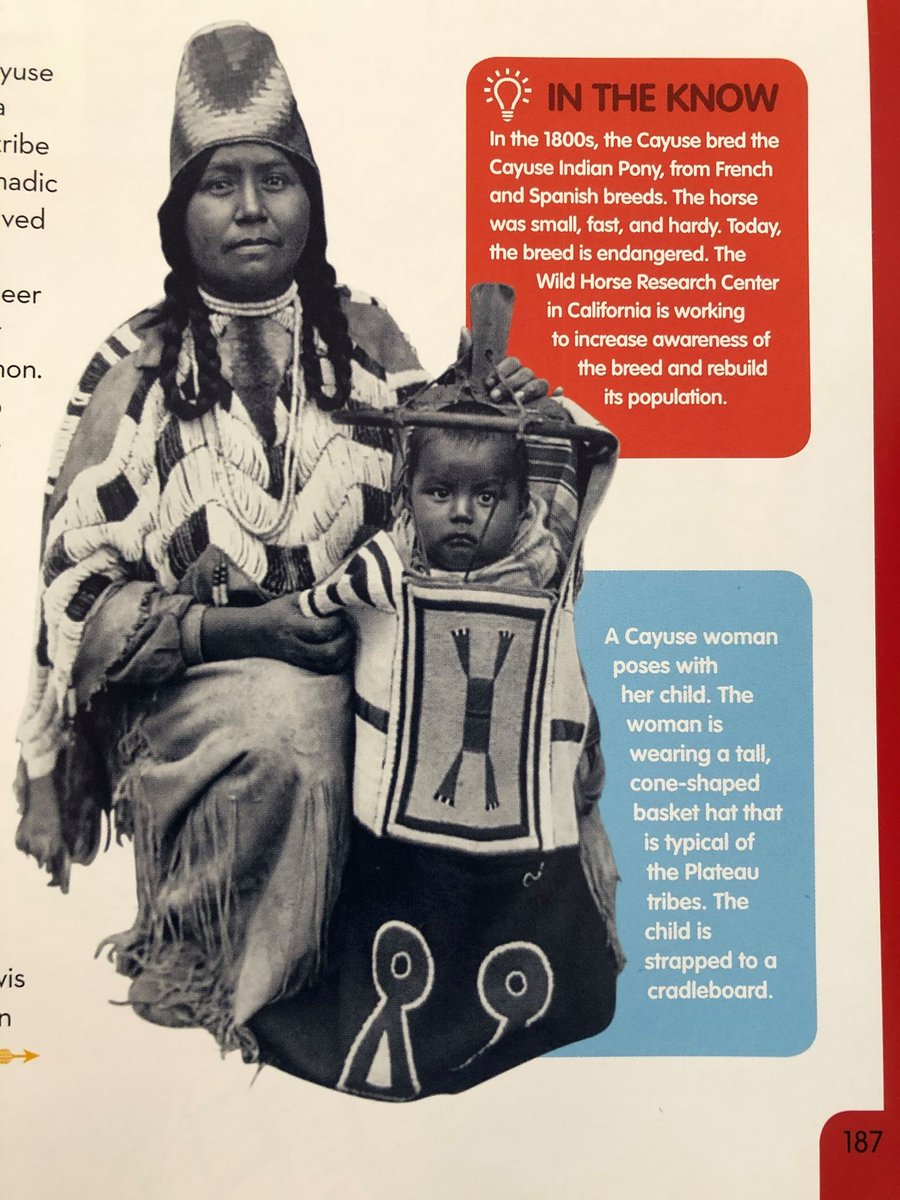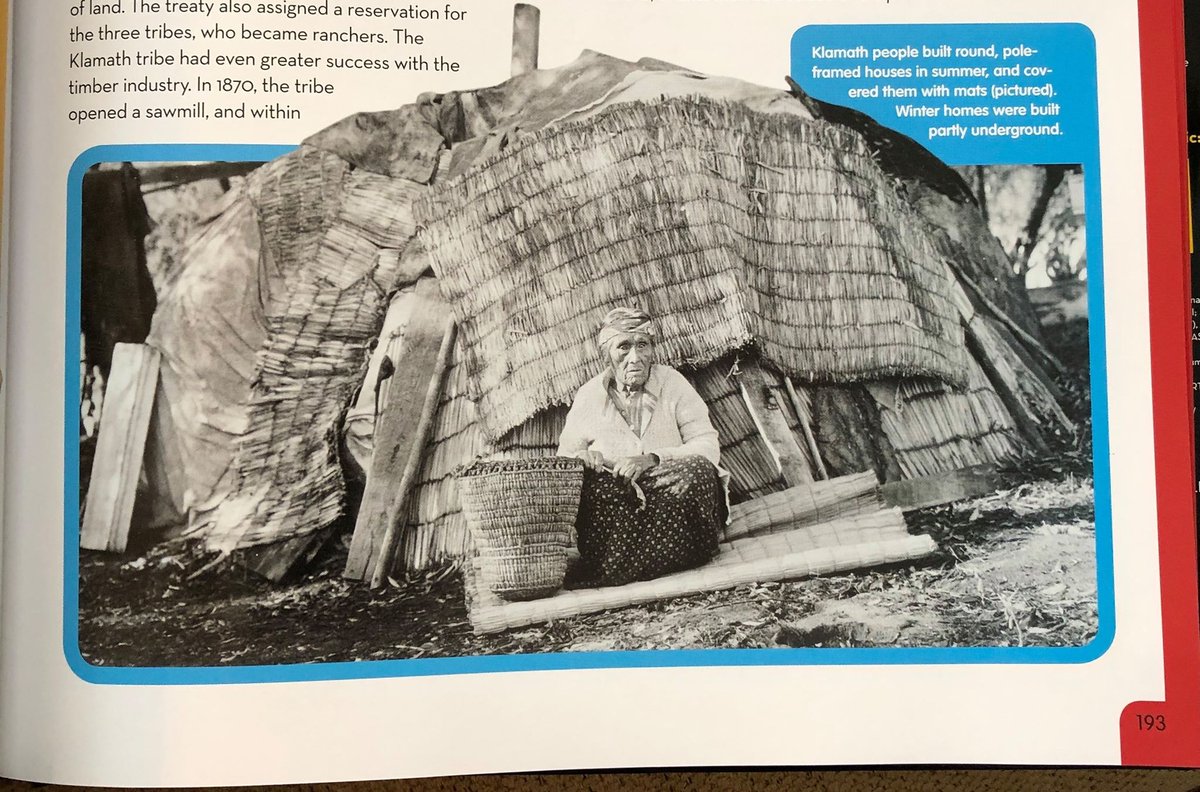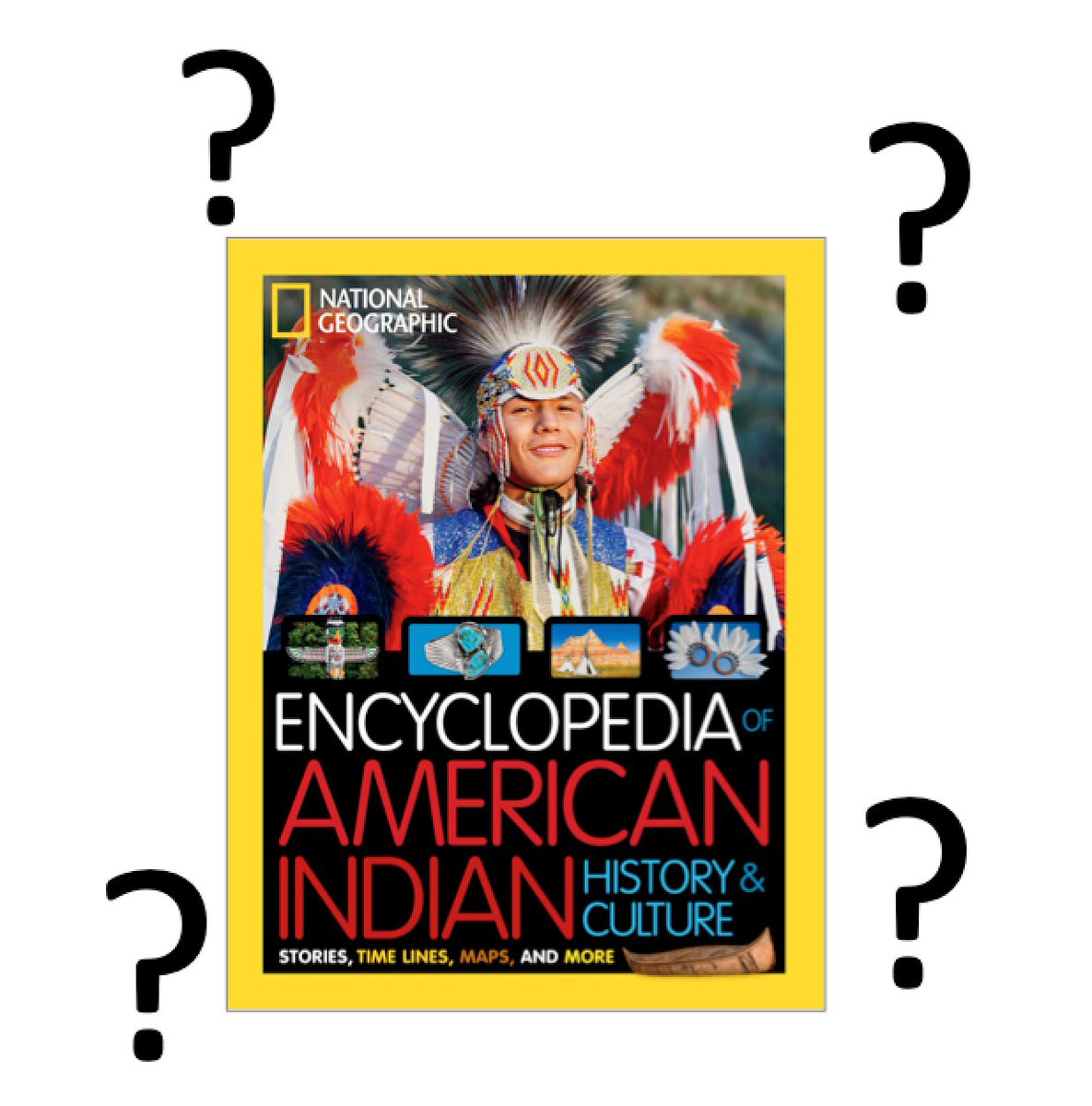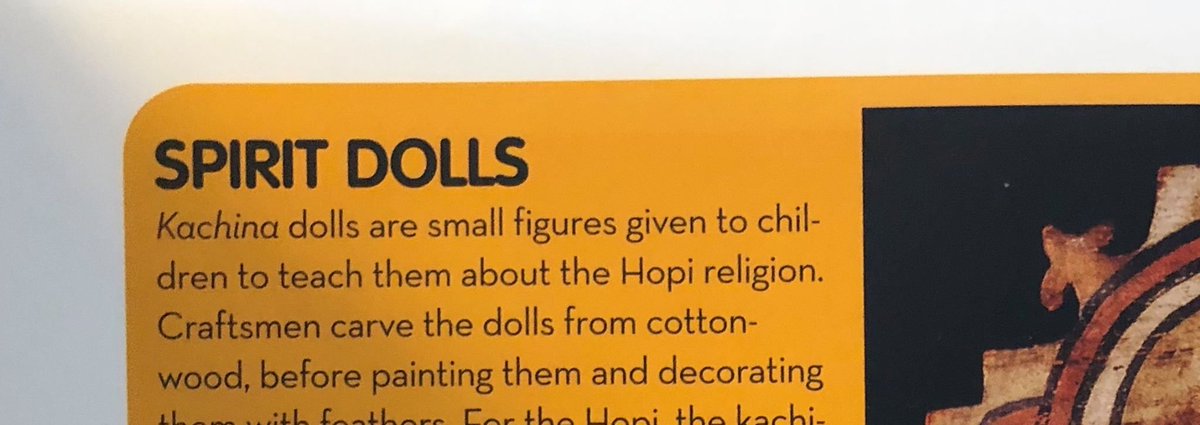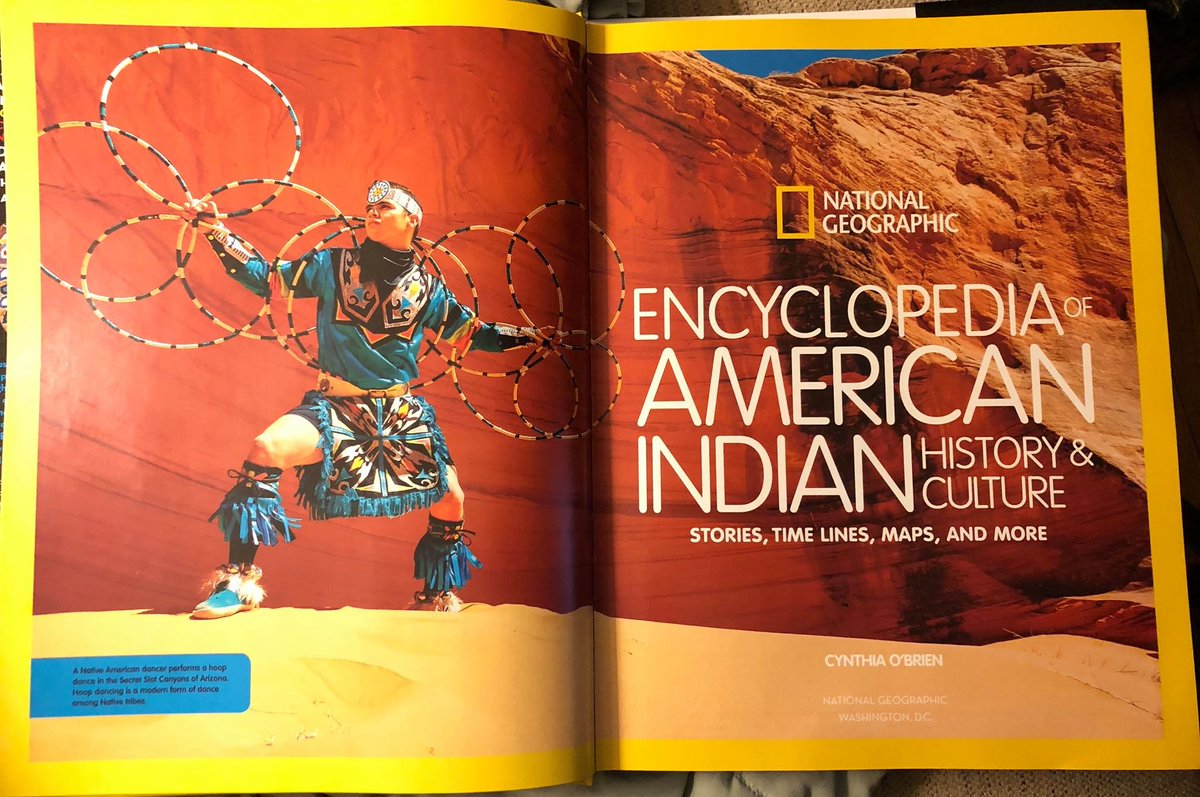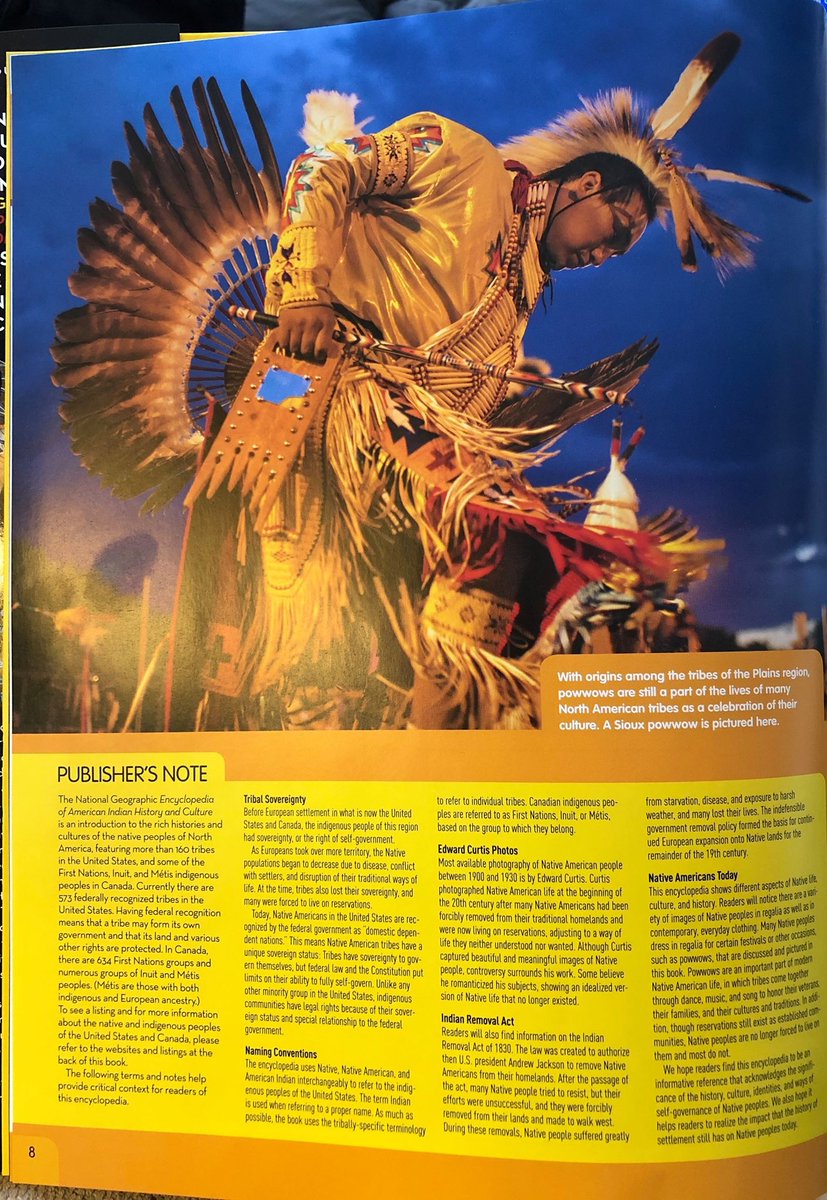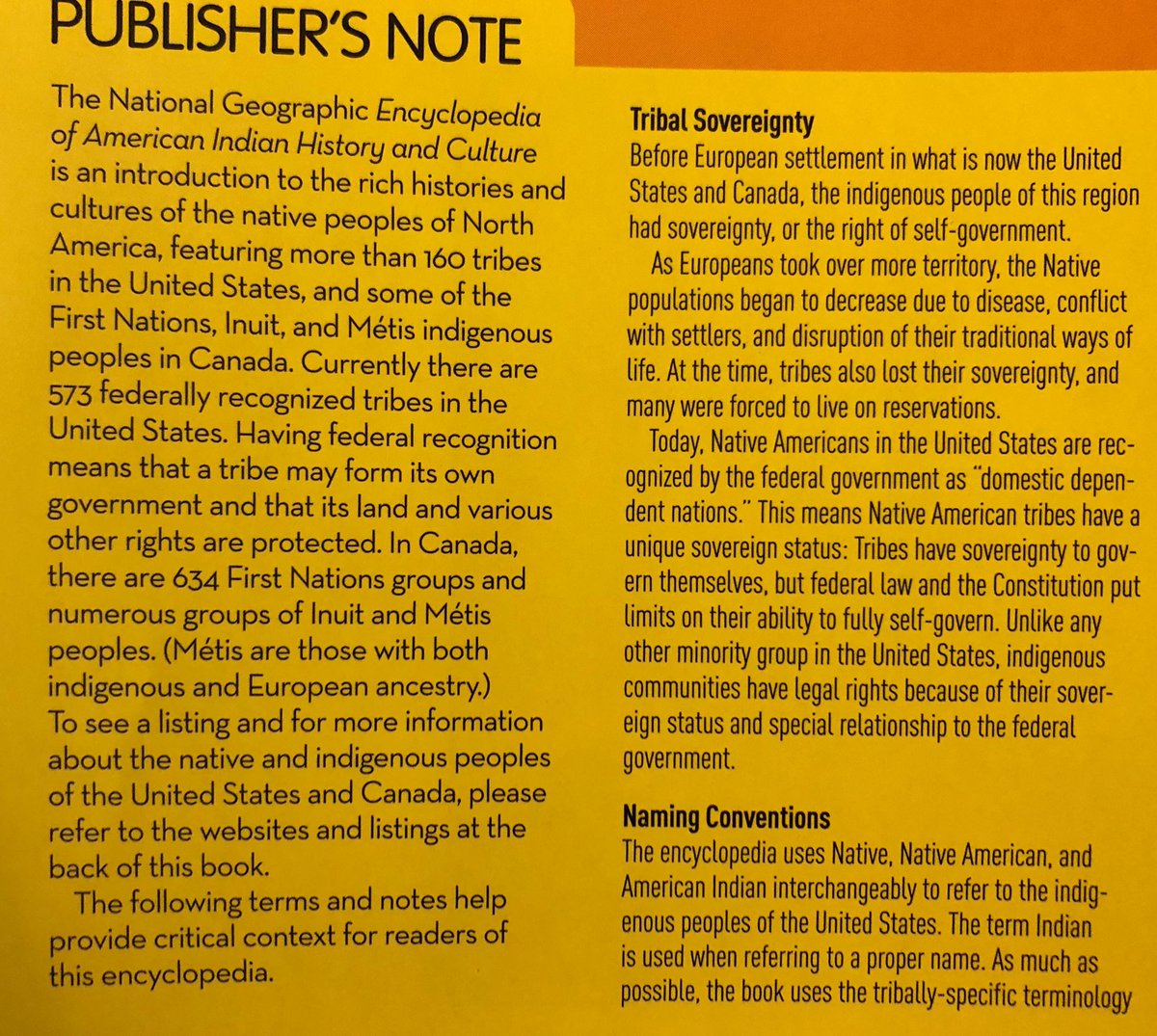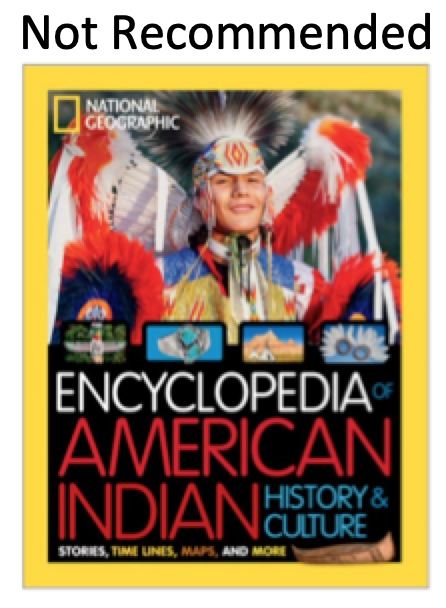When we ask children to think (and write) like someone of a different time period, a different culture, a different geographical location, and a different language, what are we giving them in order to do that? Do we have content that can help them do that with the educational integrity that is necessary? In the case of Sacagawea, we have nothing to go on. She left nothing written. All we have is a lot of imaginings of what she thought, and what she said.
In January of 2019, a photo of a "Lewis and Clark Expedition Diary Entry" assignment went viral. Written by a fifth grader, it was circulating again recently. Several people sent it to me, asking what I thought of it. In the assignment, students are asked to imagine being someone on the expedition. In this case, the fifth grade child imagined herself as Sacagawea. Here's what she wrote on her worksheet:
Dear Diary,I am so mad! I took 3 annoying men who were very stinky to find the best rout to the Pacific Ocean, found horses, food, and peace so tribes wouldn't attack us! I did that whole journey, but the thing is I did most of the work, not Lewis, or Clark, or my husband! It should have been called the Sacagawea expedition!! I DID THIS ALL WITH A BABY ON MY BACK YET THE MEN DID MORE COMPLAINING!! And I got zero $! Like come on! I'm never doing that again.
My guess is that all of you reading #31DaysIBPOC are aware that men are paid more than women, and that women get little credit for their accomplishments. You've probably taught your students about gender inequities. Clearly, the fifth grader who composed the "Dear Diary" entry had learned about the difference in how men and women are treated. With that in mind, the 5th grader's answer sounds great. That's why it went viral. People think it is clever.
But if we pause to think critically, do you think Sacagawea would have written something like that? Before, during, and after her lifetime, people of Native Nations were and are fighting to protect our homes, gardens, families, and homelands from outsiders who wanted/want Native lands and resources.
Representations--or, rather, misrepresentations--of Sacagawea are on my mind of late because An-Lon Chen (a parent) wrote to me about Judith Bloom Fradin and Dennis Brindell Fradin's biography of her: Who Was Sacagawea. Chen had been reading it to her child and found herself wondering about its accuracy. We had an email conversation that evolved into a review essay that AICL published on April 23. I'm linking to it here and I want teachers to click through and read her review, especially the section she titled "Erasure." There, she writes about the 1905 Portland World's Fair, and how the National Woman Suffrage Association unveiled the first statue of Sacagawea. [Update on Sunday, May 16, 2021: Chen emailed me this week to say that the 1905 statue was the first major one of Sacagawea. She's found an earlier one, from 1904, done by sculptor Bruno Zimm.]
My point in bringing up Chen's essay? Because I'm thrilled by her critical stance! I want more parents to ask questions. I want educators to welcome their questions, and when necessary, I want us to change what we're doing in the classrooms or spaces where we teach.
I know--thinking critically is in the news a lot as some parent and teachers object to anti-racist instruction. Changing what we do is hard and sometimes scary, but it is important. We, at American Indians in Children's Literature, are providing book reviews that we hope are helpful to you as you revisit the books you have or teach in your classrooms. We also created Tips for Teachers: Developing Instructional Materials about American Indians. We're here to help and the #31DaysIBPOC series (this is its third year) can help, too.
On my side table is a copy of Alison Schmitke, Leilani Sabzalian, and Jeff Edmundson's book, Teaching Critically About Lewis and Clark: Challenging Dominant Narratives in K-12 Curriculum. Published this year by Teachers College Press, I highly recommend it! It will help teachers revise what they've been doing when they teach about Lewis and Clark.
As I bring this post to a close, a warm ku'daa (thank you, in Tewa) to Tricia Ebarvia and Kim Parker for launching #31DaysIBPOC in 2019 and inviting me to participate.
****
This blog post is part of the #31DaysIBPOC Blog Series, a month-long movement to feature the voices of Indigenous and teachers of color as writers and scholars.
Please click here to read the previous blog post by Katie Huang (and be sure to check out the link at the end of each post to catch up on the rest of the blog series).















